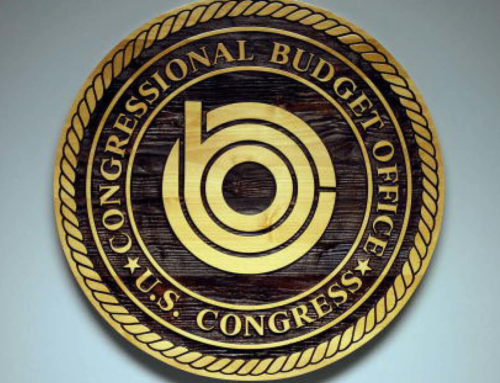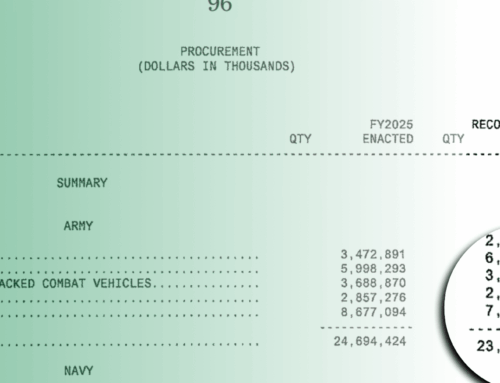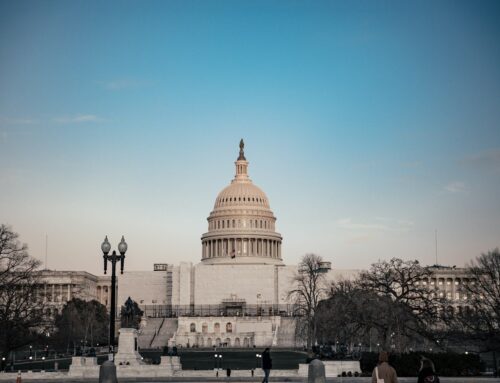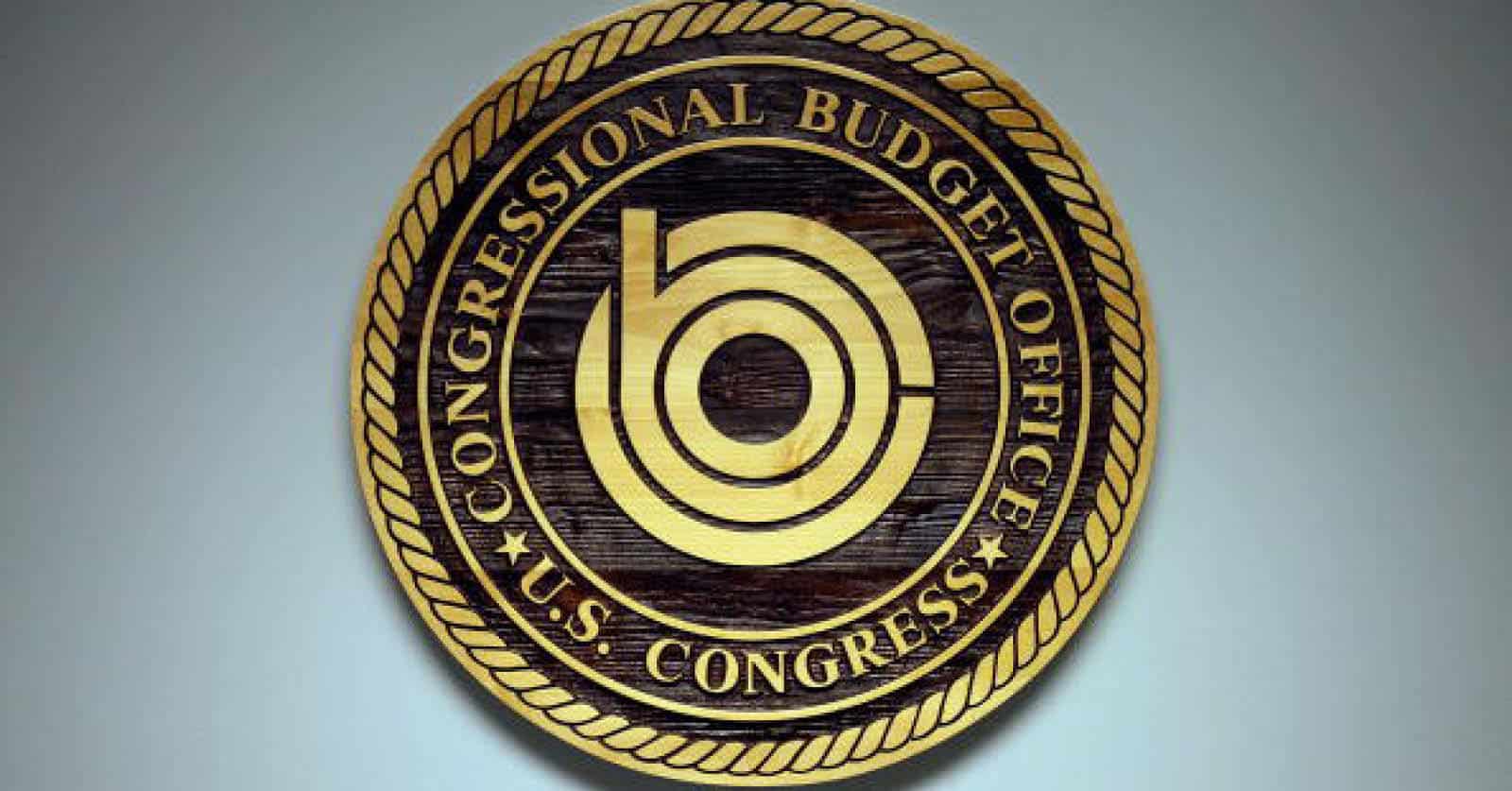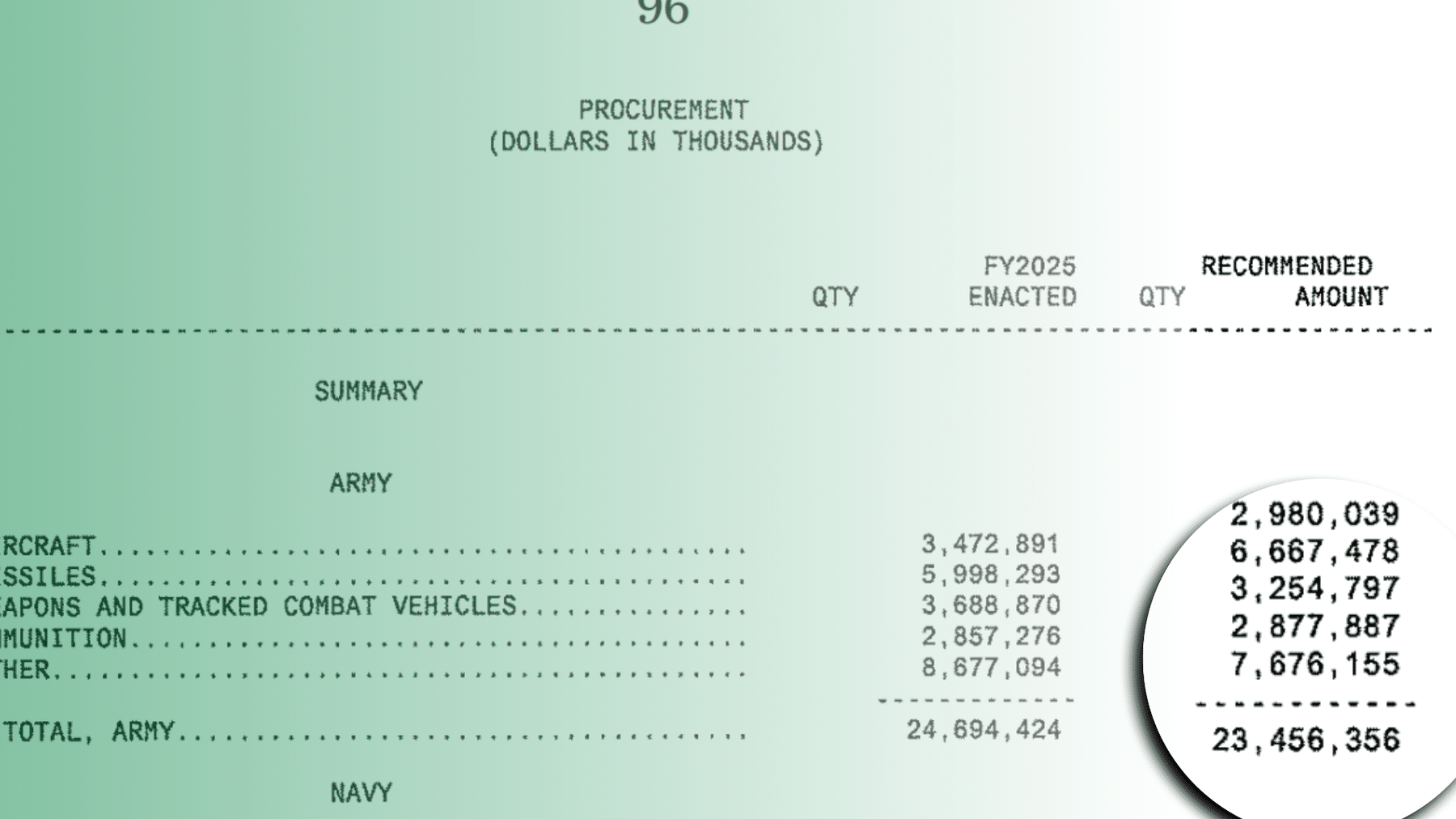After months of inexorable upwards growth, there is finally some momentum to shave the size of the now more than $930 billion economic stimulus package. This is long overdue. Congress should strive to make every dollar in the current bill timely, targeted, cost-effective, and useful.
Congress has been speed-legislating on this bill. While many economists are arguing for quick action, it has to be smart and effective to be stimulative. What has been cobbled together is a hodge-podge of different programs and tax provisions that lawmakers hope will jump-start the economy. As we said last week, Congress should take a deep breath, pass the most critical stimulus measures immediately, and then pass a second bill in the near future.
As one peruses the bill’s hundreds of pages, it is hard to not scratch your head at some of the provisions. How will the $70 billion patch for the Alternative Minimum Tax, a provision that won’t take effect until 2011, stimulate the economy in the next 12 months? Is expanding the not-ready-for-primetime loan guarantee program run by the Department of Energy really stimulative? And do we really want to give the cost overrun-plagued National Nuclear Security Administration an extra $1 billion for the nuclear weapons complex with one hand, while the other hand is in the midst of a nuclear posture review? You get the picture: the current bill is riddled with provisions that are either bad policy or ineffective stimulus or both.
Another challenge is that we are shoving more cash at federal agencies than they can swallow. Agencies that have a bad track record as stewards of the taxpayer’s money, like the Army Corps of Engineers, are seeing their budgets doubled. It is difficult to see how they will be able to efficiently and effectively monitor the work they contract out. The waste we have seen in the Iraq reconstruction effort will likely be dwarfed by the problems in running this current stimulus.
Given the way this package has grown – adding pieces along the way for political reasons rather than policy priorities – it almost goes without saying that there is room for cuts. Thankfully, some lawmakers are finally saying just that. Sens. Nelson (D-NE) and Collins (R-ME) have been leading a bi-partisan team to cut tens of billions from the bill. But at the same time, add-ons have piled up: A $20 billion tax break for new homebuyers; another one for new car buyers.
It is important to remember that this money is not free. We are borrowing nearly a trillion dollars for this stimulus that we will have to repay later. Just the interest costs alone will exceed $347 billion over the next ten years, according to the CBO. And that is on top of the more than $450 billion in interest we are already paying on the existing $10 trillion debt.
Whatever cuts come out of the Senate, Congress should not stop there. There will be a conference between the House and the Senate to marry the two bills. Normally, we would expect the tab to grow as everything is thrown together. But this time, we need something different. Lawmakers should take the lesser of the two amounts for common provisions, and throw out the other pieces of the legislation that don’t pass stimulative muster. This legislation is too important for business as usual.

